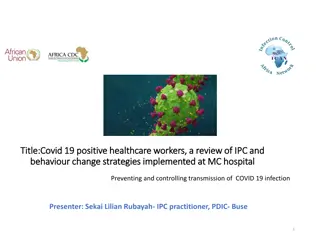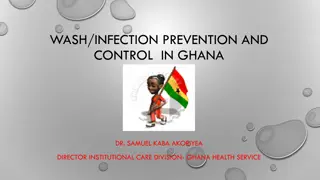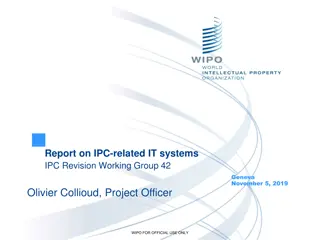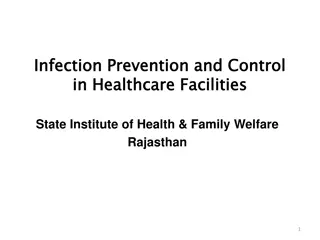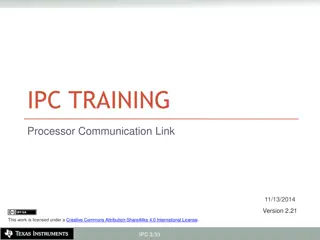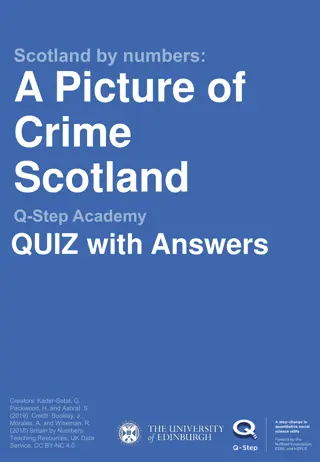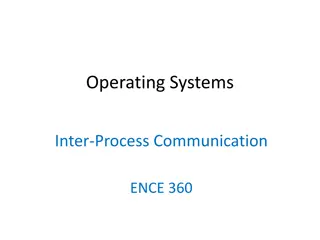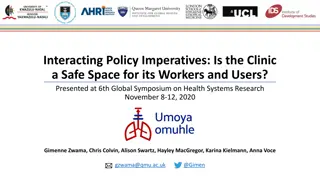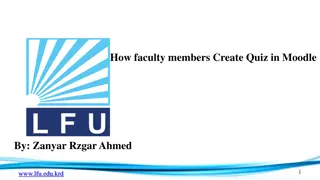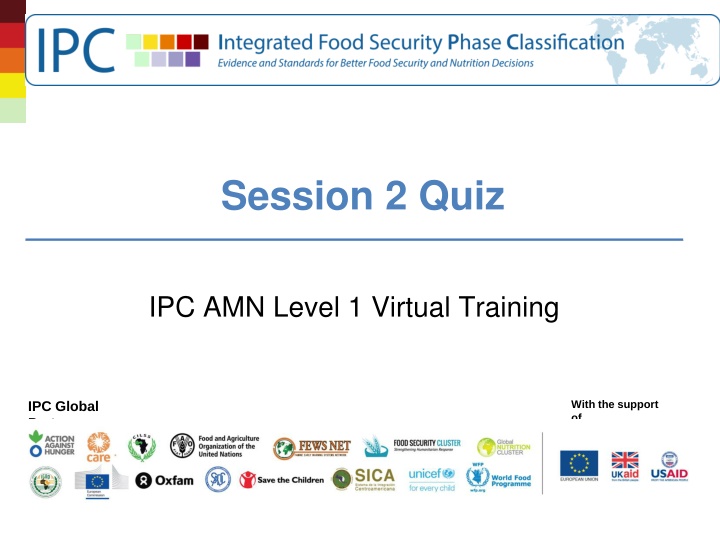
Quiz on IPC AMN Analytical Parameters and Classification Methods
Test your knowledge on IPC AMN analytical parameters, classification methods, and frequency of assessments. Explore the importance of metrics like MUAC and WHZ in malnutrition classification and decision-making processes at different administrative levels.
Download Presentation

Please find below an Image/Link to download the presentation.
The content on the website is provided AS IS for your information and personal use only. It may not be sold, licensed, or shared on other websites without obtaining consent from the author. If you encounter any issues during the download, it is possible that the publisher has removed the file from their server.
You are allowed to download the files provided on this website for personal or commercial use, subject to the condition that they are used lawfully. All files are the property of their respective owners.
The content on the website is provided AS IS for your information and personal use only. It may not be sold, licensed, or shared on other websites without obtaining consent from the author.
E N D
Presentation Transcript
Session 2 Quiz IPC AMN Level 1 Virtual Training With the support of IPC Global Partners
Quiz Q1: Which of the following is not an IPC AMN analytical parameter? a) MUAC based classification is based on Convergence of Evidence b) Current classification is based on actual conditions, regardless of causes, duration and mitigating factors c) IPC AMN classifications are a snapshot in Time d) Projection classification does not take into account the causes, duration and mitigating factors 2
Quiz Q2: WHZ is the preferred indicator for classification when both WHZ and MUAC are available. But MUAC must be taken into account when: a) MUAC is at least 1 IPC AMN Phase or higher than WHZ b) MUAC is at least 2 IPC AMN Phases or higher than WHZ c) the confidence intervals of MUAC and WHZ overlaps d) it is an acute emergency 3
Quiz Q3: How often should the IPC AMN be carried out in a country? a) As often as needed b) At least once a year c) Twice a year d) Every season 4
Quiz Q4: At what level should the IPC AMN be carried out in a country? a) Admin level 1 (e.g., province, state, etc.) b) Admin level 2 (e.g., district, county, etc.) c) Admin level 3 (e.g., sub-district, locality, etc.) d) At the level the results are needed for decision making 5
Quiz Q5: True or false? IPC AMN current classification is based on actual conditions, regardless of causes, duration and mitigating factors. This is because acute malnutrition measured during the current season of analysis is the product of all [mitigating and aggravating] factors a) b) False True 6
Quiz Q6: Which of the following statement(s) are correct? (select all that apply) a) Reliability Scores are applied only to outcome indicators b) Outcome evidence that are limited both in terms time relevance and soundness of method, cannot be used in IPC AMN analyses c) Evidence on contributing factors that are limited both in terms time relevance and soundness of method, may be used in IPC AMN analyses d) Reliability Scores are based on a rigorous statistical process 7
Quiz Q7: Which of the statement(s) are correct? (select all that apply) a) The reliability Score (R) is a function of soundness of method (M) and time relevance (T) When there is no seasonal variations in acute malnutrition and no significant shocks, evidence collected within the past 12 months before the current analysis can be considered as good time relevance Two pieces of historical evidence can be used in the classification as long as they come from the past 5 years preceding the current analysis GAM based on WHZ from a survey representative at admin level 1 must always be disaggregated before the results are used at admin level 2 b) c) d) 8
Quiz Q8: Which of the following MUAC screenings is acceptable in IPC AMN? (select all that apply) a) Exhaustive screening (door-to-door) carried out at the unit of analysis (with >80% coverage) b) Screening from 3 sites from the unit of analysis totaling 600 observations selected randomly or exhaustively (with >80% coverage) c) Purposive screening conducting for CMAM program d) Screening conducted on children visiting a health facility for malaria treatment 9
Quiz Q9: Choose the correct meaning from the dropdown menu: 1. 2. R2 means _realiable__, and includes _good_method and __good__ time relevance R1+ means _somewhat reliable_, and includes _limited_method and _good_ time relevance R1- means _somewhat relaible__, and includes __good__method and _limited__ time relevance X means _not reliable_, and includes _limited__method and _limited__ time relevance 3. 4. 10
Quiz Q10: Assign reliability scores for the following evidence: a) GAM based on MUAC from a food security and nutrition survey that was conducted during the same season of a current analysis and meet the IPC AMN criteria for outcome indicators R2 b) GAM based on WHZ from a SMART survey conducted during the same season of a current analysis in a district that is comparable to that of the unit of analysis R1+ c) Exhaustive MUAC screening that meet the IPC AMN criteria for outcome indicators carried out during the previous season of the current analysis X d) GAM based on MUAC from a SMART survey conducted 2 months prior to the current season of analysis X e) Exclusive breastfeeding prevalence obtained from a DHS survey conducted 2 years ago during a different season from the current season of analysis R1- f) Disease trends obtained from HMIS from the same season of current analysis R1+ 11
www.IPCinfo.org The End With the support of IPC Global Partners


